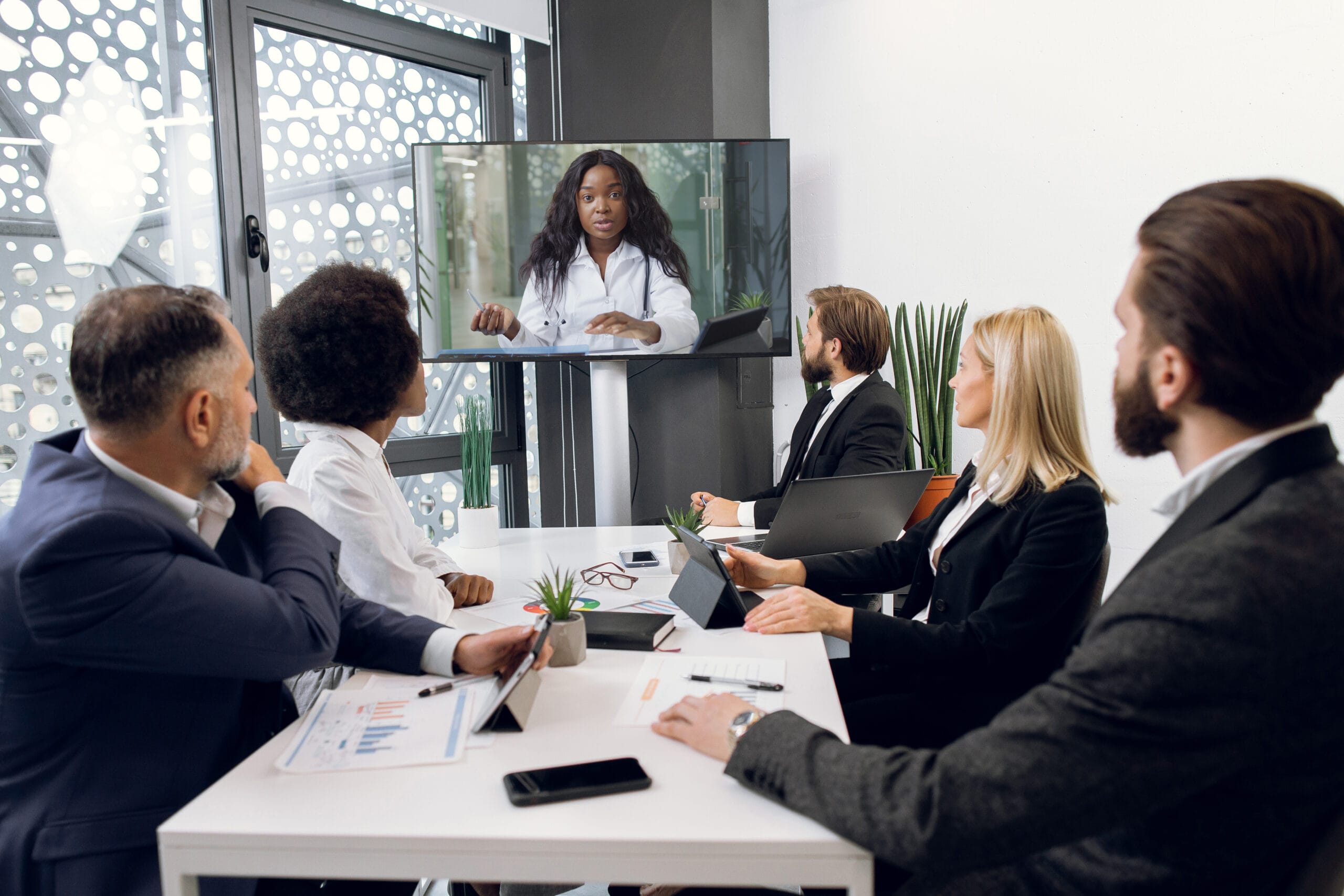How Trial Presentations Should Be Tailored to Your Audience for Maximum Effectiveness
How Trial Presentations Should Be Tailored to Your Audience for Maximum Effectiveness
Blog Article
How Efficient Trial Presentations Can Win Your Situation
The effectiveness of test discussions is commonly undervalued, yet they play an important role in forming juror assumptions and influencing instance results. By understanding the target market and crafting a story that resonates on both intellectual and psychological degrees, lawyers can substantially enhance their persuasive power. The tactical usage of visuals and improved delivery techniques can raise the quality of complicated details. As we check out the parts that contribute to an engaging test discussion, the concern continues to be: what particular approaches can attorneys use to ensure their message not just reverberates but likewise compels activity?

Recognizing Your Audience
Recognizing your audience is crucial for providing an effective trial discussion. Knowing that will be existing in the courtroom-- jurors, courts, and opposing advice-- allows you to tailor your message in a means that resonates with them. Each team has unique expectations, predispositions, and histories, which can dramatically influence their assumption of the case.
For jurors, it is vital to take into consideration demographics, life experiences, and cognitive biases. Jurors may come from different careers and social histories, influencing their analysis of proof and arguments. Engaging with them through relatable examples and clear, straightforward language can promote much better understanding and compassion.
Juries, on the various other hand, concentrate on lawful criteria and step-by-step integrity. Presentations ought to be concise and based in the regulation while respecting court etiquette. Comprehending the court's preferences and past judgments can better enhance your method.
Efficient communication hinges on acknowledging these distinctions and adjusting your presentation style appropriately (trial presentations). By expecting the target market's responses and resolving their issues, you can develop a much more convincing story that astounds focus and advertises beneficial outcomes
Crafting a Compelling Story
A well-crafted narrative acts as the backbone of an effective test discussion, directing the audience with complex information while evoking psychological actions. This narrative must begin with a clear and engaging introduction that establishes the phase, describing the key motifs and problems at risk. Developing a relatable protagonist-- frequently the customer-- can produce a personal link with the jury, attracting them into the tale.
The body of the narrative must offer the truths in a logical series, weaving together proof and testimony to construct a natural argument. Each item of information need to support the overarching motif, strengthening the desired message without frustrating the audience with unneeded information. Shift phrases can be specifically effective, assisting to preserve circulation and keep the court engaged.
Eventually, the final thought ought to resonate mentally, summarizing the case's value and advising the jury to act via their decision. By crafting an engaging story that is both structured and mentally powerful, attorneys can effectively convey their situation's benefits, making it less complicated for jurors to understand and keep in mind the bottom lines long after the trial wraps up. This strategy not just informs however likewise encourages, enhancing the possibility of a positive end result.
Utilizing Visual Aids Efficiently

Aesthetic help play a vital duty in improving trial discussions, transforming complex data into easily accessible info that jurors can easily understand. By utilizing charts, charts, diagrams, and multimedia elements, attorneys can make more information clear elaborate factors and preserve jurors' interest. Visual aids facilitate the understanding of evidence, making abstract concepts tangible and relatable.
When selecting aesthetic help, importance and simplicity are paramount. Each aesthetic should directly support the case narrative and reinforce essential arguments without frustrating the visitor. Extremely complicated visuals can interfere with the message, causing confusion as opposed to quality.
In addition, the strategic placement of visual help throughout discussions is important. They should be presented at turning points to emphasize important proof or to highlight substantial adjustments or fads. This timing permits jurors to refine details properly, enhancing retention and recall during considerations.
Additionally, it is crucial to ensure that aesthetic help are technologically suitable with the court environment. Knowledge with the devices and a backup strategy can stop technical problems that may interrupt the flow of the discussion. In recap, effective use aesthetic aids can considerably strengthen a test discussion, leading to a stronger connection with the jury and a much more convincing instance generally.
Involving Feeling and Empathy
While offering accurate proof is essential, engaging emotion and compassion in test presentations can exceptionally affect jurors' perceptions and decisions. Jurors are not simply decision-makers; they are people who react to stories that resonate on a personal level. By weaving psychological elements into the discussion, attorneys can develop a connection that goes beyond mere data and legal lingo.
Narration is a powerful device in this context. By presenting the situation as a narrative that highlights the human effect of the occasions in inquiry, lawyers can evoke sensations of concern, temper, and even are afraid - trial presentations. These emotions can dramatically guide jurors, making them more probable to feel sorry for the complainant or offender

Ultimately, a trial presentation that effectively engages emotion and empathy can create a compelling debate that resonates deeply, leading jurors to really feel an individual risk in the case, thereby enhancing the chances of a favorable decision.
Practicing Distribution Methods
Engaging emotion and compassion lays a solid structure for test presentations, however the efficiency of these elements pivots on the delivery methods employed by the lawyer. Mastering shipment strategies is important for ensuring that the message resonates with the court. This includes practicing tone, speed, and body language to enhance reputation and link with the target market.
Practicing the discussion several times enables attorneys to fine-tune their style and identify areas for improvement. Recording session can offer important insights right into one's nonverbal signs and singing inflections, aiding to get rid of disruptive practices. Furthermore, soliciting feedback from peers can highlight strengths and weak points, guiding more improvement.
Effective use stops can additionally be a powerful strategy; they permit the court to soak up important details and heighten emotional effect. Lawyers should additionally bear in mind eye get in touch reference with, as it fosters count on and engagement with jurors.
Inevitably, the mix of exercised delivery strategies and the psychological vibration of the presentation can considerably influence the court's understanding, creating an engaging situation that attracts attention in their minds. The power of well-executed shipment can not be overstated in the search of a positive verdict.
Verdict
In summary, effective test presentations are pivotal in affecting juror choices. A complete understanding of the audience, paired with a compelling story, promotes interaction and comprehension of complicated problems. The tactical use aesthetic aids boosts clarity, while psychological resonance cultivates compassion and connection. Understanding delivery strategies even more intensifies these aspects, inevitably adding to an influential case discussion. By integrating these elements, attorneys can substantially enhance the possibility of attaining a desirable verdict.
Report this page